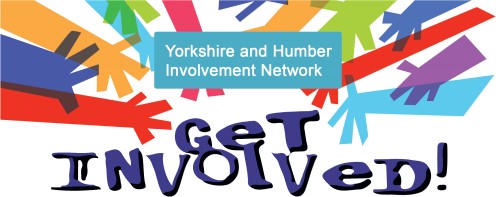By MHIN (Cheswold Park)
As we are aware Christmas is a time of celebration and festivities over a period, and for some, Christmas conjures up memories of the mad dash for all the food that we seem to eat, presents we need to buy, visits/visitors that we make or receive and watching the same repeats on television again. But where did it all start?
History of Christmas
We are told that the first Christmas celebrated the birth of Jesus Christ in that stable in Bethlehem. Most of us would assume it originates from the word Christ, as the whole idea of Christmas is to celebrate the birth of Jesus.
To a point that is the case – the word is a shortened form of “Christ’s mass”, or “Cristes Maesse” as it was first recorded in 1038. This was followed by the term Cristes-messe in 1131. The term “Christ” – or Crīst as it originally read – comes from the Greek word Khrīstos, a translation of the Hebrew word Messiah, which means “anointed”.
The second part of Christmas – messe – is a version of the Latin word missa, the celebration of the Eucharist tradition of eating bread and drinking wine in memory of Jesus. This is also called Holy Communion and the Lord’s Supper.

When did we start celebrating Christmas?
Interestingly, early Christians actively rejected the celebration of Christ’s birth as they saw birthdays as a pagan ritual, followed in the bible by figures like the Pharaoh.
Easter and Pentecost (celebrated seven weeks after Easter to mark the descent of the Holy Spirit upon the Apostles and other followers of Jesus Christ) were the main occasions in the Christian calendar for ecclesiastical feasts until midway through the fourth century, when Christmas and Epiphany were added to the calendar.
December 25 was then established as the Nativity Feast Day (not necessarily the day Jesus was born – but that’s another story) and the official ‘Nativity Mass’ was the first Mass of the day, held at 9 am.
As time passed, the celebration of Christmas became more popular – and so too did the liturgical practices that went with it.
Christmas Mass became a central fixture in the church calendar, which led to the day becoming known as Christ’s Mass by the 11th century.
Where does the term Christmas come from and what does it mean?
Why is Christmas shortened to Xmas? it turns out we’ve got the Greeks to thank for that. As we mentioned earlier, the word Khrīstos (the origin of the word Christ) appears as “Χριστός” when written in Greek. The abbreviation Xmas is based on the first letter – chi, which appears as X – followed by “mas”; a shortened version of Mass. There is an alternative theory that the use of Xmas stems from an attempt by some to remove the religious tradition from Christmas by removing the word Christ, but its use dates all the way back to the 16th century.

Popular Christmas traditions:
- Carol singing
- Decorating a tree, or room: This is a tradition with Pagan roots that symbolises bringing an evergreen tree in to the home and decorating it’s branches to celebrate the winter solstice. It symbolised that spring was just around the corner.
- Nativity scene
- Crackers: Interestingly, crackers are thought to originate from the 1800’s when a UK sweet manufacturer needed a promotional “gimmick” to increase sales of bon-bons, so he wrapped them in a paper tube that could be pulled apart. The crackle was added when the sweet maker heard a log crackle on the fire!
- Holly and mistletoe
- Christmas cards, email or skype: Christmas cards were first sent in the 1800’s, and Queen Victoria sent the first official one. Amusingly, they were developed by the office of the Queen as it was found to be too tiresome and time consuming to send individual hand-written messages to everybody!
- Presents
- Roast Chestnuts
- Mince pies: Traditionally, mince pies were rectangular in shape, to represent the manger that Jesus was placed in when he was born. They also used to contain just 13 ingredients, and this was representative of Jesus and his 12 disciples. This was a tradition introduced by the Tudors.
- Christmas cake
- Christmas pudding or figgy pudding
- Sherry trifle
- Midnight mass

On a personal note…
At the beginning of this blog, I asked “what is Christmas and what does it mean to me”? Well from the information I have gathered I have found out that Christmas is a celebration of faith and new birth, and it is not just about who can buy the best presents, or who cooks the best Christmas dinner or tells the worst joke.
Christmas for me is a time of celebration, of getting together with friends, family and loved ones and sharing a delicious meal. But it is also a time for reflection where I remember the nativity story that speaks of the birth of Jesus Christ in that stable in Bethlehem, and how that is still relevant today. I also feel that while Christmas is about the traditions you remember from your childhood, it is also about taking the time to create new memories and traditions with those closest to you.
So, wherever you are and whatever you are doing this Christmas, I wish you a peaceful and joyful Christmas that is filled with love and memories.
Thank you for reading MHIN (Cheswold Park)
